

You’re sitting in your backyard, enjoying the weather and reflecting on life, and suddenly you sense some little brown snails crawling up your leg. These slimy little critters that everyone knows as snails are a pest to gardens and flowerbeds, but how do you get rid of them?
If you’re having trouble with slugs or snails on your property and want to know how to eliminate them, this article will guide you through the process and give you some tips.
We will highlight how you can get rid of snails in the garden, house, and even your aquarium. Let’s get to it!
Snails and slugs Trusted Source Snails and Slugs Management Guidelines--UC IPM UC home and landscape guidelines for control of Snails and Slugs. ipm.ucanr.edu are mollusks living in marine and freshwater habitats. Most species feed on plants, lichens, algae, and fungi as adults. Some are predatory (omnivorous). Their shells have been used as garden decorations throughout history.
But don’t let their appearance fool you because they can be pesky and destructive household pests if not controlled.
They are slimy animals that like damp, dark places. They crawl slowly but often carry a dangerous bacteria called salmonella Trusted Source Causes and Symptoms of Salmonellosis - Minnesota Dept. of Health almonella are usually transmitted to humans by eating foods contaminated with animal feces. Learn more about how to prevent it. www.health.state.mn.us , which can cause food poisoning if ingested.
They feed on fruits and vegetables, which can contribute to the spread of fungi and diseases like rot.
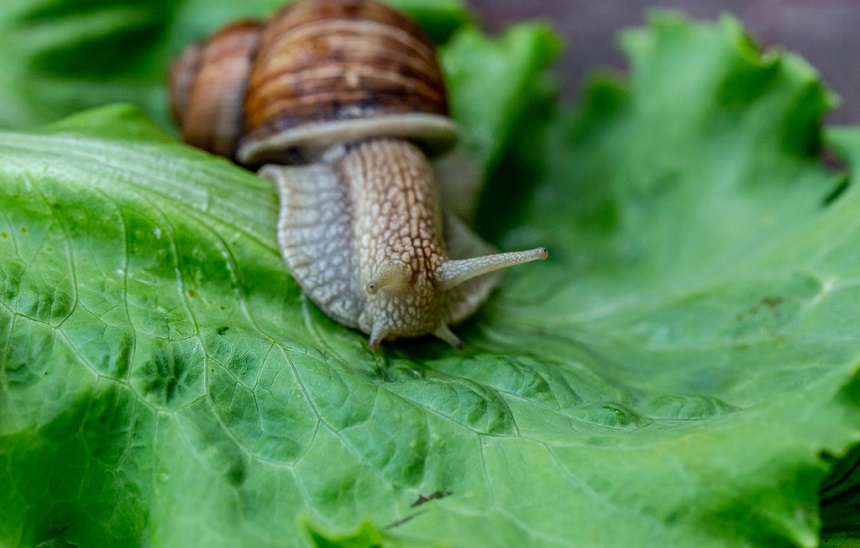
Snails are very versatile creatures; thus, their reasons for coming near your house vary depending on where you live. Some places, for example, have heavy rainfall year-round; other areas experience harsh winters that produce deep snow drifts.
These various climate conditions result in different vegetation and food sources in the garden, attracting different types of snails.
Unfortunately, it will take some work to determine what type of snail is invading your yard because they don’t only eat one type of plant.
If you do happen to know the type of snail problem you’re dealing with, research whether or not it prefers certain plants over others.
For instance, apple snails like eating lettuce, so if you’ve got an infestation of these little guys, it might be worth cutting back on lettuce (although this won’t work for all plants) to repel them from hanging around your yard.
Another thing that could attract snails to your house or garden is when you’ve left out dirty dishes or potted plants too long.
Make sure to take out your trash, throw away any old food, rinse dirty dishes before putting them in the dishwasher, and make sure potted plants have good drainage holes when watering.
With the fact that they are pests, these little creatures can do serious damage if left unchecked.
They can spread diseases: Snails are hermaphrodites and will lay eggs in moist soil. Their slime trails contain a virus that causes an illness known as human snail fever.
In addition, the mucus excreted by these animals is corrosive and may also irritate the skin and cause allergies.
Snails reduce crop yield: Snails can eat up to eight times their weight in food each day, which means they can take a big bite out of your harvest if left unchecked.
It’s important to control them early before they spread. They also cause some severe damage to the bark of plants when they feed.
They damage other parts of your property: Not only can snails ruin crops, but they also have been known to chew on house paint and leave unsightly marks on wood trim boards.
In case snails aren’t your problem, but spiders are what you’re struggling with right now, check out these best traps for spiders.
For the neighbor next door that has a bone of contention with fire ants, here are some of the best fire ant killers to end that nightmare
Getting rid of these slimy creatures in your garden can be a pain in the neck. Yet, sometimes, you keep seeing more of them in your garden while hoping they will disappear. They won’t go away unless you make your garden uncomfortable for them.
But how do you go about that? Well, here are some methods we recommend.
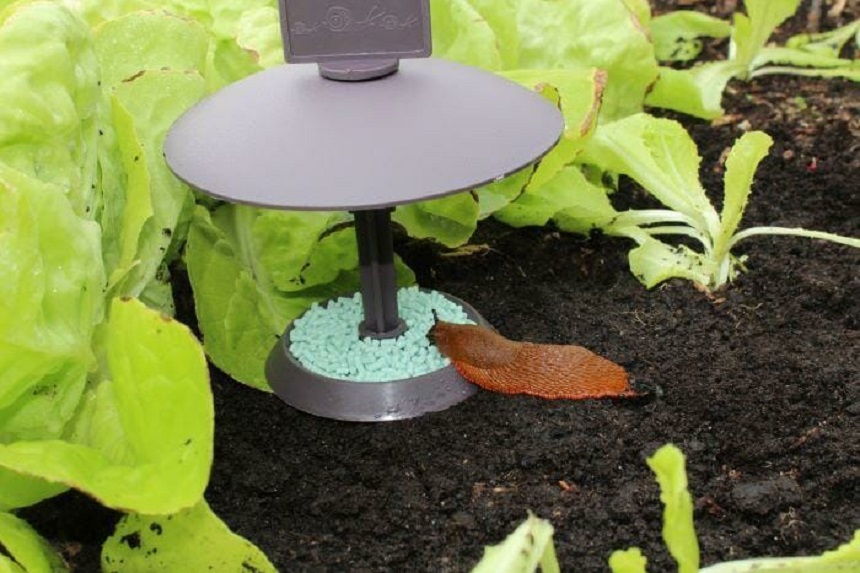
Use bait in an enclosed area where the snails come out at night and place the bait at the end of it. They will be attracted to the bait but unable to get back out again due to barriers such as sticky tape, grating, or wire mesh.
You may need to use something like the Southern AG snail bait. They will munch on it until they can’t eat anymore, then die. Be sure to change the bait every few days, so it doesn’t attract other animals.
You can also try traps by coating an object with vegetable oil and putting it outside near a slug trail or hiding under a pot saucer filled with water so they crawl onto it and drown.
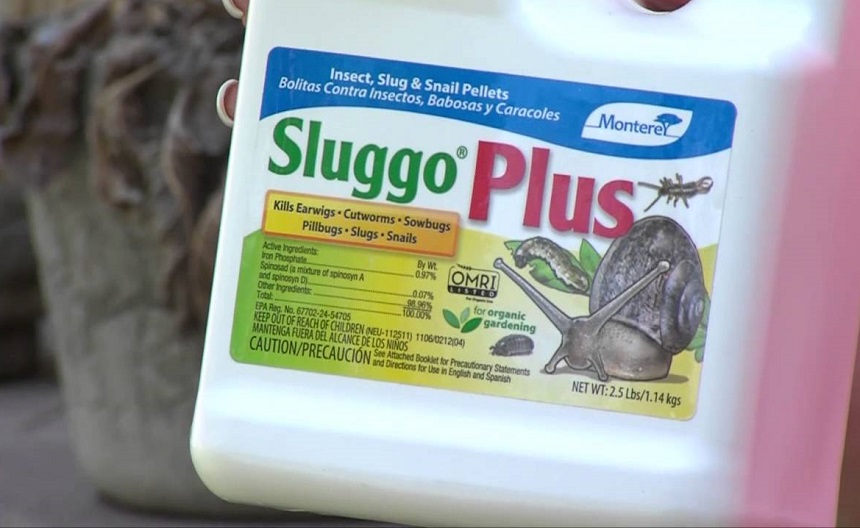
Repellents work well if you want to keep snails from coming into your garden in the first place. Apply repellent around the perimeter of your garden (they’re usually quite good at finding a way inside).
For example, Monterey Sluggo LG6600 sprinkled liberally around the edge of your garden keeps slugs and snails away for good.
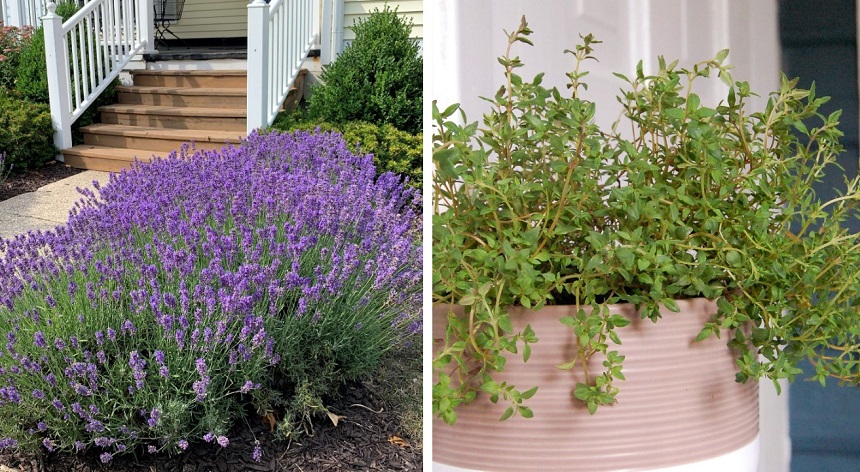
Some plants seem unattractive to snails, making them great choices for planting next to other plants. These include lavender, hyssop, sage, thyme, and dill.
If you’ve got a flower bed, mint is effective against snails and slugs.
Remember to plant these plants in pots so they can’t crawl up the stems and escape. If you don’t have room for all these plants, give one or two of them a try.

We know salt isn’t always considered healthy, but when you sprinkle it around your plants and rub it into the ground between their roots, you’ll discourage snails from coming any closer.
You can also mix salt with water to create a saltwater solution which makes a great snail-killing spray.
Finally, there’s no better chemical than snail killer chemicals available at most garden centers or hardware stores. When applied correctly, these chemicals kill all types of gastropods (snails) within 48 hours.
If you don’t want to resort to using chemicals, you can try using natural predators.
This involves releasing predators like a frog, turkey, mouse, or bird to eat the snails, and this does take time and patience.
One thing you can do to stop snails from coming into your garden is to change your watering schedule. Instead of watering twice a day, try once or even three times a week.
This will help dry out the soil, making it less attractive to snails. If you do this, remember to water thoroughly so your plants still receive enough moisture.
Did we hear someone say, how do I deal with roaches? Check out the best roach killers, and wave goodbye to that problem.
It’s one thing to deal with snails or slugs in your garden, not to think about seeing them in the house.
But, if you already have an infestation around the house, here is how to get rid of them.
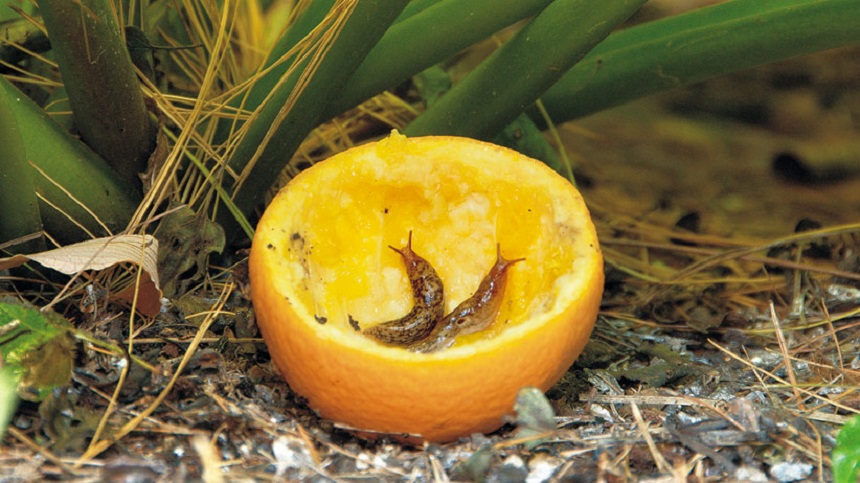
The simplest way to kill snails indoors is by using baits and traps. The bait should be at least as toxic as the snail poison you would use outdoors, but some trap designs don’t even need poison, like inverted lemon rinds.
Close all gaps where they can enter the house (e.g., windows, door frames). Replace your window screens with wire mesh or mosquito netting because even a small opening sometimes does the trick.
Remove any rocks, boards, leaves, bricks, or other objects from the ground so snails cannot hide there. Replace sod if it has been trampled on too much and you suspect this may be the problem area.
In the same way, these pests can be found around your home and garden. Unfortunately, you can also find these unwelcome guests in your aquarium.
But don’t worry; the methods below should help you get rid of snails in an aquarium.
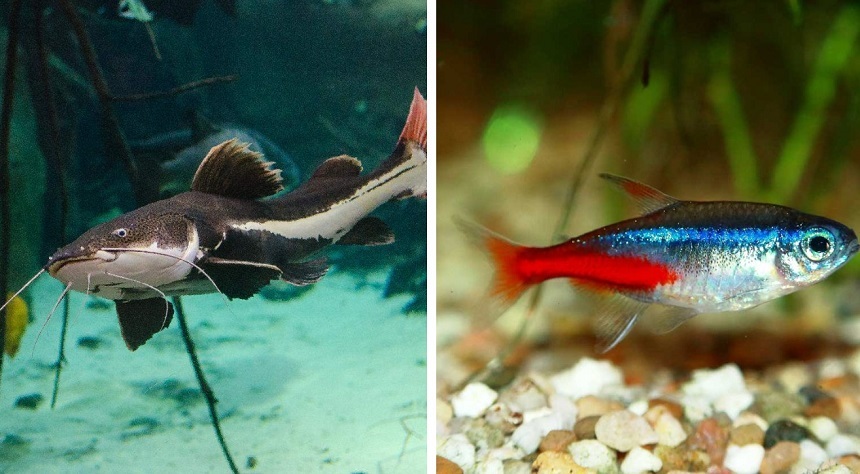
These fish prey on snails and slugs. It would help if you got a molly or guppy as they are the most efficient at getting rid of these pests. Other options include ottos, tetras, catfish, and koi.
If none of these appeals to you, one possible option would be using a puffer fish that will eat anything, but it may take some time for them to work their way through the tank.
Use a net or container with water to catch the snails before removing them from the tank. Be sure not to empty too much water because this could harm other tank inhabitants.
You could also use a toothbrush to scrub off algae and dirt from hard-to-reach places where you might spot small clusters of these pests.
Outside snail populations can easily migrate into an aquarium and start breeding there. In order to remove land snails from the aquarium, wait until night when they come out of hiding, then carefully scoop them up with a cup and release them outside. Repeat if necessary until all have been removed.
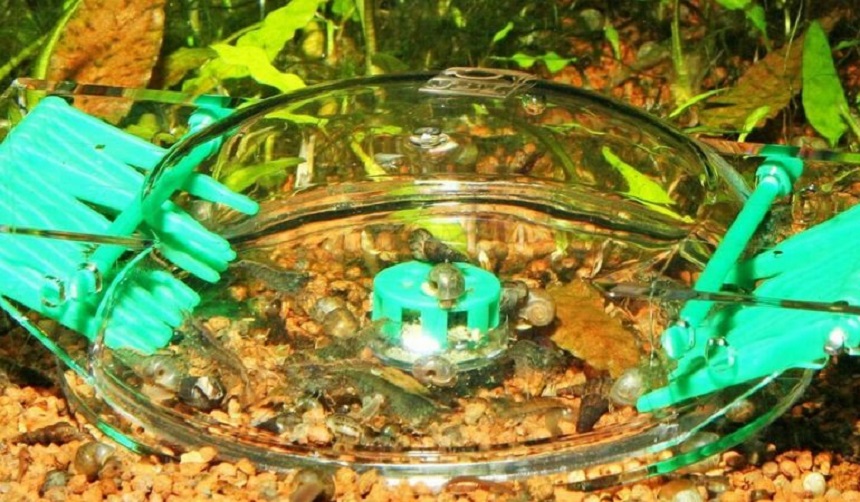
Many bait and trap products are available on the market. Once placed in the tank, snails will go after it and become trapped inside while bigger animals like fish swim right over it.
These traps work great for new tanks without an established population of crustaceans who enjoy eating these parasites. However, you can make things easier by replacing the old trap every two weeks.
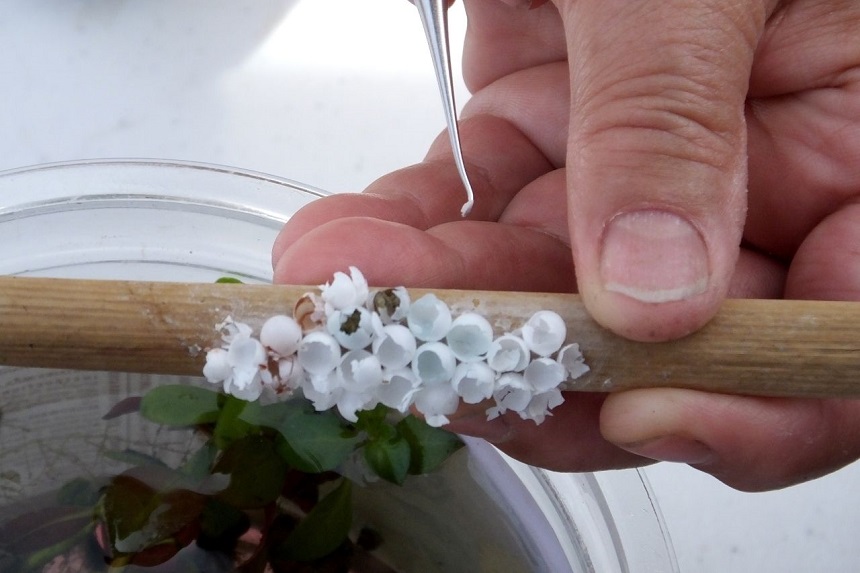
In order to get rid of eggs laid by snails, try vacuuming the bottom of the tank during routine maintenance. A turkey baster may also be used to suck up egg masses.
After cleaning the tank, look for areas of high humidity, such as near leaves and plants, and use salt or copper sulfate to treat these areas.
Snail infestations are common in homes, gardens, and greenhouses. They can also be carried indoors in planters and potted plants. To prevent or control an infestation in your home, garden, or greenhouse, take the following steps:
The pests thrive in moist or wet environments. Do not water houseplants from above. Empty and rinse the drainage trays beneath indoor plants at least twice a week.
Do not allow pets’ food or dishes to remain outdoors. Keep slabs, decks, patios, and walkways free of standing water. Make sure to clean up any pet droppings as soon as possible.
Good sanitation is a natural way to eliminate snails as it doesn’t involve killing them.
You can eliminate these habitats by keeping leaves, branches, and weeds cleared away from the foundation walls of your home or around raised bed gardens.
Use copper mesh screening to cover vents, pipes, window wells, and other outside openings to deter snails from entering.
You could also try installing screens on open ground-level windows and ensure all window sills are caulked to prevent snails from crawling up.
Planting leafy vegetables such as cabbage, broccoli, kale, Swiss chard, or dandelions will help remove the pests. Also, trim shrubs and hedges so they do not touch windows and doors to limit potential entry points.
If you have a large infestation problem, use one teaspoon of liquid dish soap mixed with four cups of water to kill the pests on contact.
Alternatively, you can use nematodes, a naturally occurring worm that kills many types of soil-dwelling pests, including snails.
We’ve come to the end of the post, and we believe you now know how to get rid of snails in your home, garden, or aquarium.
Using baits, chemicals, predators, personal sanitation, and repellent can get these pests out of your property.
Nevertheless, it’s important to know that not all methods will work as fast as the other. While some methods drive them off your garden or house, others do kill them if you already have them around.
You should know the result you’re trying to achieve before deciding which one is best for you.